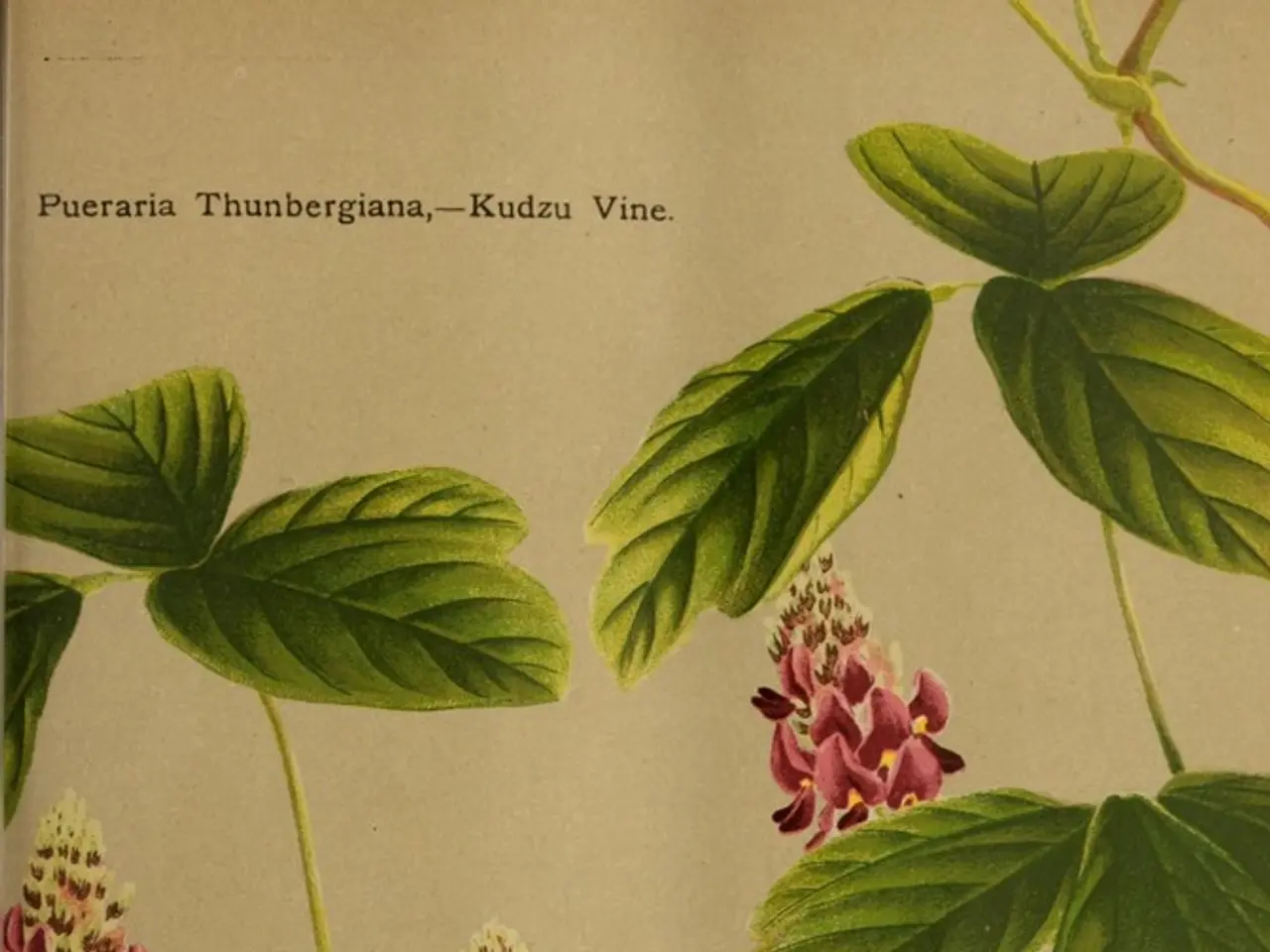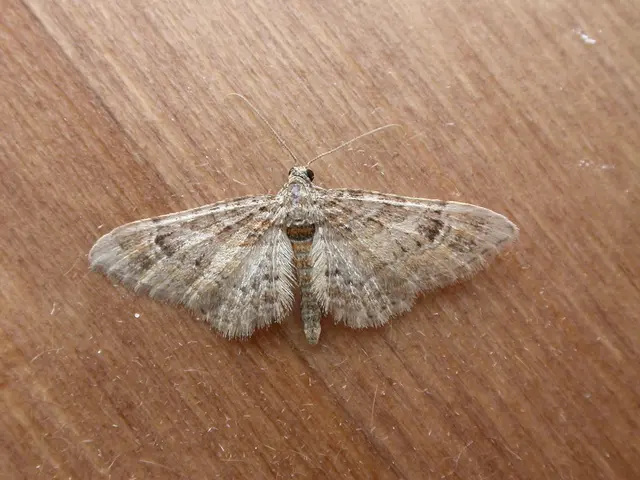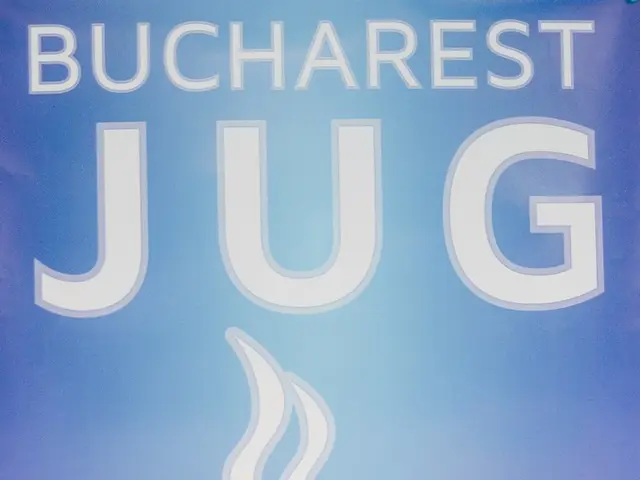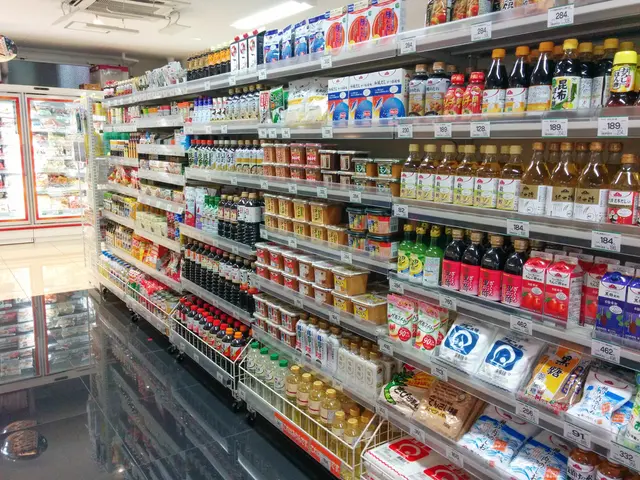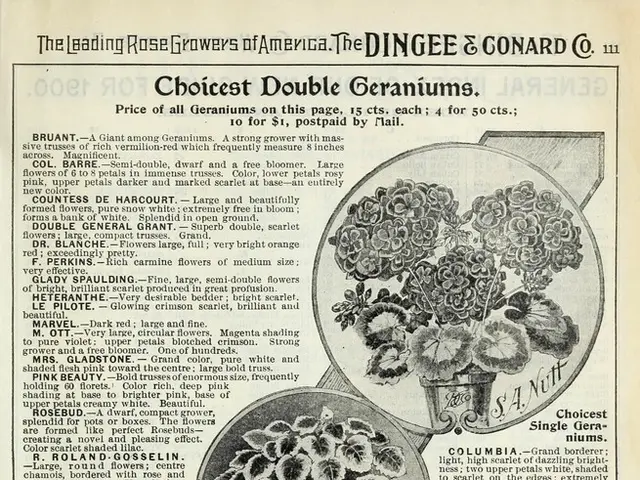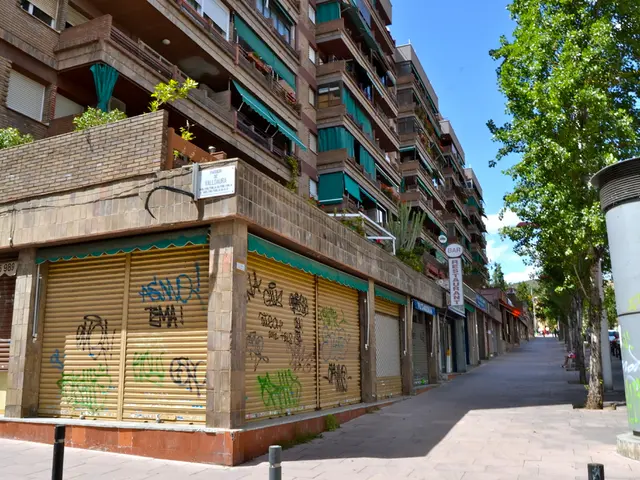Home Decorative Floral Arrangements for Personal Spaces
As the seasons change, so do the choices for beautiful and vibrant flower arrangements. Here's a guide to help you create stunning displays for every season.
Winter
Forced bulbs like paperwhites offer a slower, more engaging experience and longer-lasting options in winter. They provide better value when fresh flowers are most expensive. Single amaryllis stems are also a common choice, developing over several weeks. White and silver color schemes are common in winter arrangements due to changes in interior lighting during shorter days. Evergreen branches with natural holly berries create classic displays for the winter months.
Spring
Spring blooms such as peonies, daffodils, and tulips are popular for their soft pastel colors during early spring. Florists can offer complete 'home refresh' packages during spring, using flowering branches to create a major visual change without complete redecoration. Cherry blossom branches add drama as a vertical line to spring arrangements. Smaller spring arrangements are suitable for kitchen counters and nightstands, while larger displays are ideal for entryways.
Summer
Bright sunflowers, striking dahlias, and mixed cottage garden flowers are suitable for summer arrangements. Water-rich flowers like hydrangeas offer a cooling visual effect for hot summer interiors. Hydrangeas can be added to summer arrangements to balance the fiery yellows and oranges and prevent the colors from becoming too overpowering. Multiple medium-sized displays are recommended for better conversation flow during summer gatherings. Large summer displays work well near dining areas and kitchen islands, while smaller, colorful arrangements are suitable for hallways and guest bathrooms.
In Germany, a prominent flower arranger became known for summer arrangements with sunflowers, dahlias, blue hydrangeas, and dry grass due to the artistic trend and popularity of using vibrant seasonal flowers combined with natural, textured elements in floral design.
Autumn
Autumn arrangements often include textures other than fresh flowers, such as dried grasses, branches with berries, and small decorative gourds. These non-traditional elements can help autumn arrangements last well into early winter. Deep oranges, rich burgundies, and golden yellows are common colors used in autumn arrangements. Compact arrangements are suitable for entryway tables, while larger displays can be placed on fireplace mantels and dining room tables.
Smart florists may use non-traditional elements like dried elements that last longer in autumn arrangements, such as wheat stalks, preserved maple leaves, and interesting seed pods. Autumn arrangements can be a great way to transition your home from the warm, vibrant colours of autumn to the more subdued tones of winter.
In this guide, we've provided a brief overview of the most popular flower arrangements for each season. By following these tips, you can create stunning displays that will brighten your home and reflect the beauty of each season.
